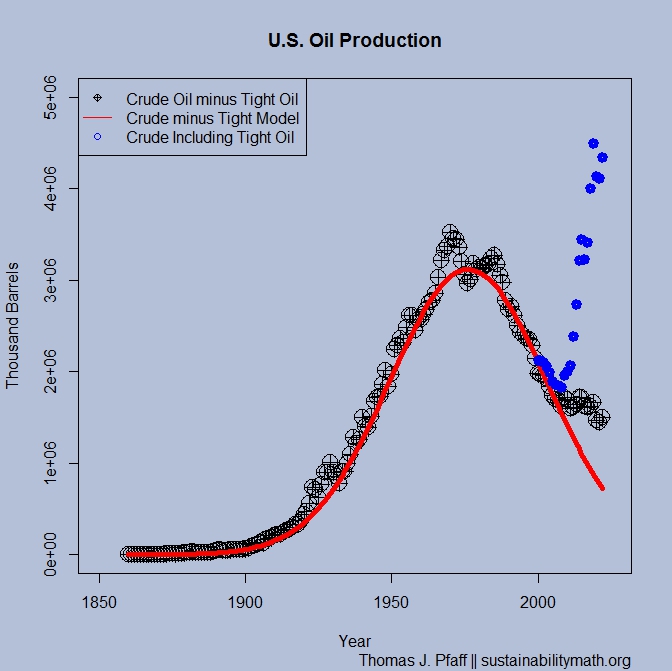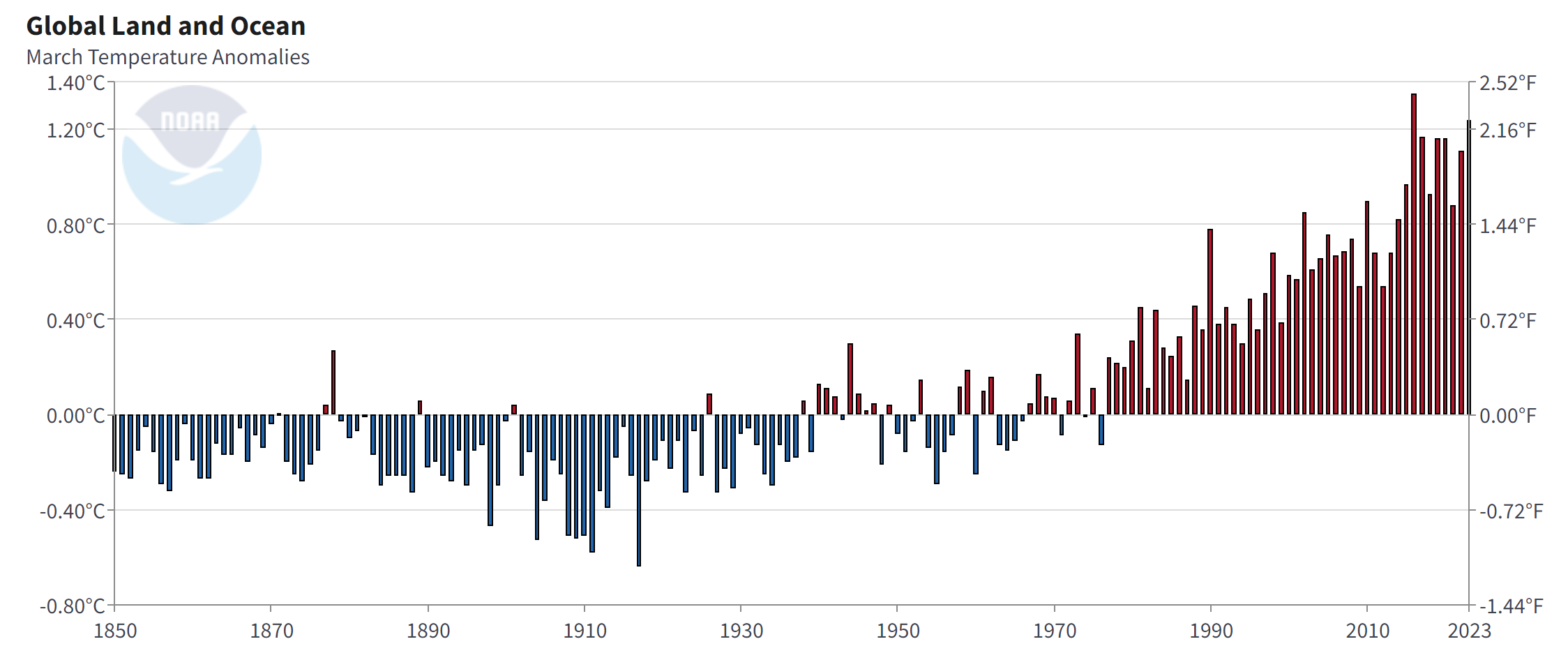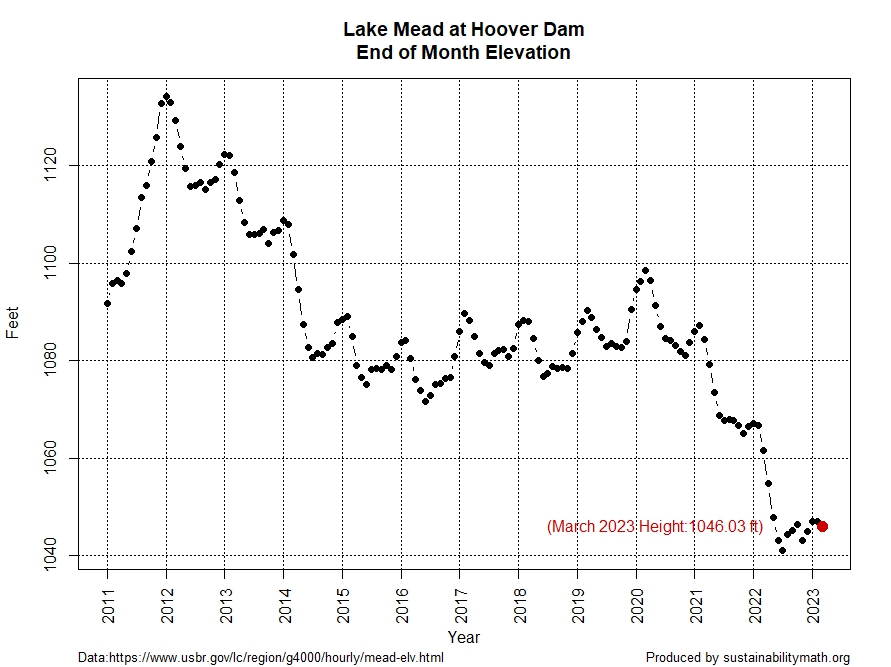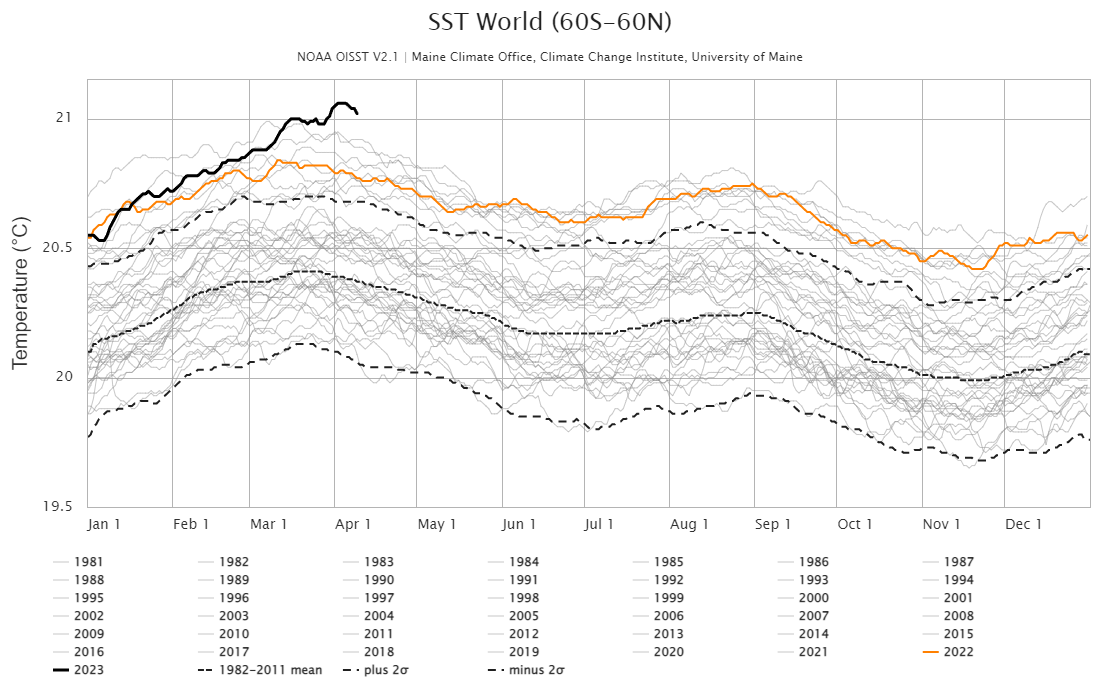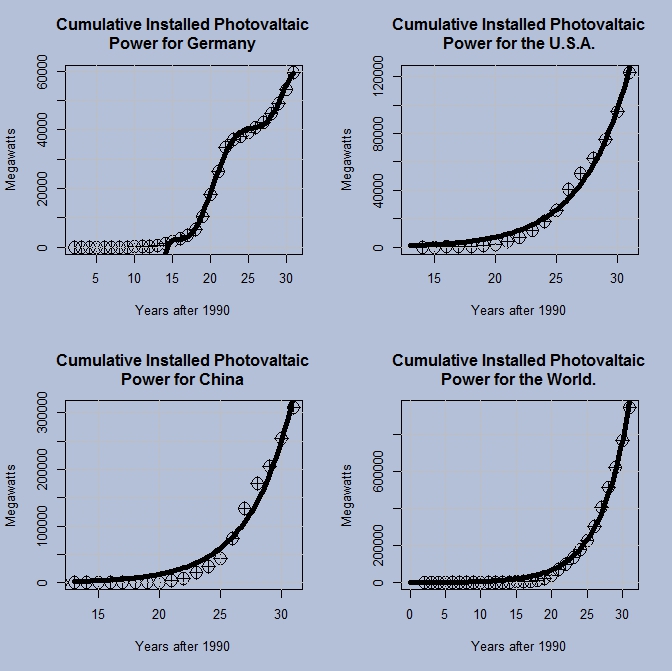 The image here is the last frame in an animated bar chart from the article Animated Chart of the Day: Female Share of US Bachelor’s Degrees, 1971-2020 by Mark J. Perry (4/28/2023). The animated bar chart is worth watching and considering. The author makes his observations and here is one:
The image here is the last frame in an animated bar chart from the article Animated Chart of the Day: Female Share of US Bachelor’s Degrees, 1971-2020 by Mark J. Perry (4/28/2023). The animated bar chart is worth watching and considering. The author makes his observations and here is one:
What’s also especially noteworthy about the visualization is the remarkable stability in the female share of degrees in almost all 16 academic fields over the last 20 years, a period when the long-term trends seem to have stabilized. The only two exceptions to the stabilization of the female share of degrees since the turn of the century are the increase in the female share of Architecture degrees from 37.6% in 2000 to 48.1% in 2020 and the decrease in the female share of Computer Science degrees from 28.1% in 2000 to 21.3% in 2020. But follow the bars for any of the other 14 college majors over the last several decades and you’ll see that there is very little variation in the female share of bachelor’s degrees from 2000 to 2020.
The data comes from the Digest of Education Statistics.

